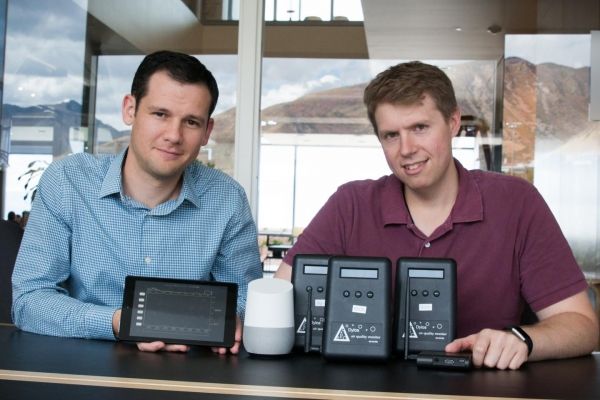What if you could see nasty microscopic air pollutants in your home?
Engineers from the University of Utah’s School of Computing conducted a study to determine if homeowners change the way they live if they could visualize the air quality in their house. It turns out, their behavior changes a lot.
Their study was published this month in the Proceedings of the ACM on Interactive, Mobile, Wearable and Ubiquitous Technologies. The paper also is being presented Oct. 9 in Singapore during the “ACM International Joint Conference on Pervasive and Ubiquitous Computing.” The paper can be viewed and downloaded here.
“The idea behind this study was to help people understand something about this invisible air quality in their home,” says University of Utah School of Computing assistant professor Jason Wiese, who was a lead author of the paper along with U School of Computing doctoral student Jimmy Moore and School of Computing associate professor Miriah Meyer.
During the day, the air pollution inside your home can be worse than outside due to activities such as vacuuming, cooking, dusting or running the clothes dryer. The results can cause health problems, especially for the young and elderly with asthma.
Read more at University of Utah
Image: University of Utah School of Computing assistant professor Jason Wiese (left) and computing doctoral student Jimmy Moore conducted a study to determine if homeowners change the way they live if they could visualize the air quality in their house. They provided participants air pollution sensors, a Google Home speaker and a tablet to measure and chart the air quality in their homes. (Credit: Dan Hixson/University of Utah College of Engineering)


